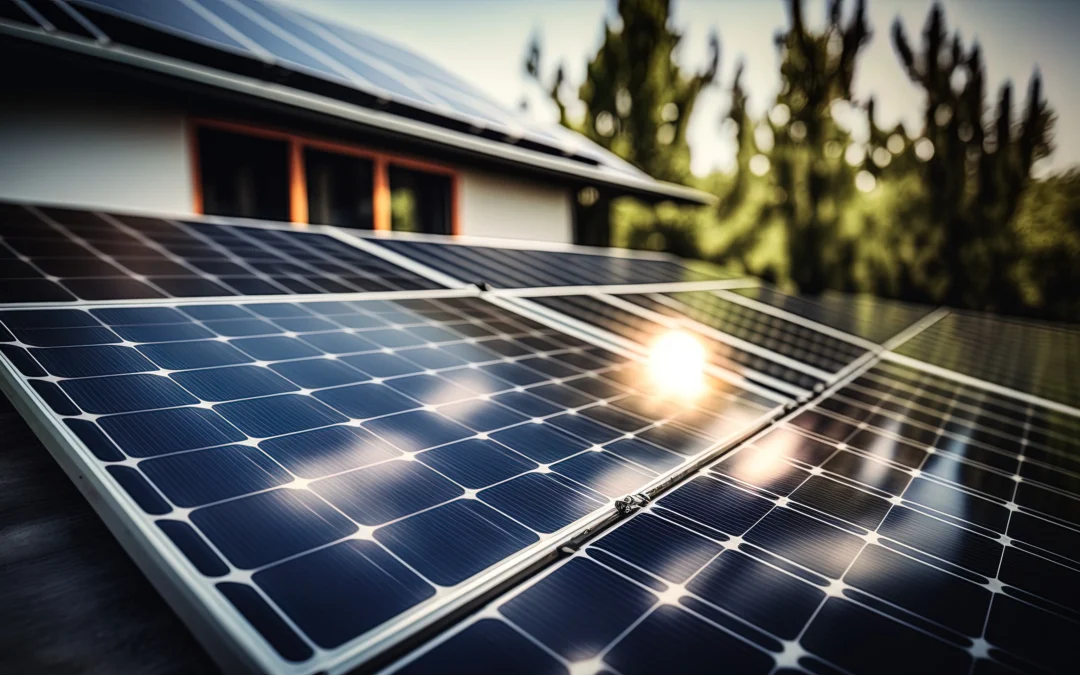As the world increasingly shifts toward renewable energy, solar panels have become more innovative and diverse. In 2025, advancements in solar technology have made it easier than ever for homeowners and businesses in Kannur to embrace solar energy tailored to their unique needs. Whether you’re looking for high efficiency, affordability, or cutting-edge solutions, there’s a solar panel type for everyone.
In this guide, we’ll dive deep into the types of solar panels available in 2025, their features, benefits, and ideal applications.
1. Monocrystalline Solar Panels: The Gold Standard in Efficiency
Monocrystalline solar panels are often considered the premium choice among solar technologies. Made from a single crystal structure, these panels boast high efficiency and a sleek design.
Features:
- High Efficiency: Monocrystalline panels have an efficiency rate of 20–23%, making them ideal for maximizing power output.
- Durability: With proper maintenance, they can last over 30 years.
- Aesthetic Appeal: The uniform black finish complements modern architecture.
Advantages:
- Require less space for installation due to higher efficiency.
- Perform well in both sunny and cloudy conditions.
- Maintain efficiency even at high temperatures, which is essential for tropical climates like Kannur.
2. Polycrystalline Solar Panels: Affordable and Reliable
Polycrystalline panels are made from multiple silicon fragments melted together. While slightly less efficient than monocrystalline, they offer a cost-effective solution for larger installations.
Features:
- Efficiency: Typically ranges from 15–17%.
- Cost-Effective: Affordable without compromising reliability.
- Eco-Friendly Manufacturing: Produces less waste during production.
Advantages:
- Great for larger roof spaces where efficiency is not the primary concern.
- Easier to produce, making them widely available.
- More affordable upfront costs compared to monocrystalline panels.
3. Thin-Film Solar Panels: Lightweight and Versatile
Thin-film solar panels represent the cutting edge of lightweight solar technology. They’re crafted by depositing thin layers of photovoltaic material onto a substrate, allowing for flexibility.
Features:
- Flexible Design: Can be applied to surfaces like curved roofs or vehicles.
- Low-Light Performance: Effective even in low-light or partially shaded conditions.
- Shorter Lifespan: Typically lasts 10–15 years, requiring earlier replacement.
Advantages:
- Lightweight and easy to install on unconventional surfaces.
- Ideal for temporary or portable solar solutions.
- Performs well in environments with diffuse sunlight.
4. Bifacial Solar Panels: Double-Sided Efficiency
Bifacial panels have photovoltaic cells on both sides, allowing them to capture sunlight directly and indirectly (reflected light).
Features:
- High Energy Output: Can generate up to 30% more power compared to traditional panels.
- Durable Design: Built to withstand harsh weather conditions.
- Enhanced Reflectivity: Best suited for installations on reflective surfaces like white roofs or sandy grounds.
Advantages:
- Increased energy yield, especially in open spaces.
- Long lifespan and robust performance in varying climates.
- Ideal for both residential and commercial applications.
5. Perovskite Solar Panels: The Technology of Tomorrow
Perovskite solar panels are at the forefront of solar innovation. While still under development, they promise to revolutionize solar energy with their high efficiency and affordability.
Features:
- High Efficiency Potential: Expected to exceed traditional silicon-based panels.
- Cost-Effective Manufacturing: Uses less energy to produce.
- Flexible Applications: Can be used in tandem with other panel types.
Advantages:
- Lightweight and adaptable to various surfaces.
- Rapid advancements mean better affordability and availability in the near future.
- Compatible with hybrid solar systems for enhanced performance.
Which Solar Panel Should You Choose?
Selecting the right solar panel depends on:
- Your Budget: Monocrystalline for premium performance, polycrystalline for cost-effectiveness.
- Roof Space: Limited space favors high-efficiency panels like monocrystalline.
- Intended Use: Thin-film panels are great for unconventional spaces, while bifacial panels maximize open-ground installations.
- Long-Term Goals: If you’re seeking a futuristic solution, keep an eye on perovskite technology.
Sunco Solar Is Your Best Choice in Kannur
At Sunco Solar, we’re committed to helping you make an informed decision. Here’s why our customers trust us:
- Expert Consultations: We assess your energy needs and recommend the best panel type for your property.
- Professional Installation: Our experienced team ensures optimal performance and safety.
- Reliable After-Sales Support: From maintenance to upgrades, we’re here to help.
- Affordable Solutions: We offer competitive pricing without compromising on quality.
Power Your Future with Sunco Solar
As a trusted solar provider in Kannur, we believe in empowering communities with clean, efficient, and cost-effective solar energy solutions. The future is bright, and we’re here to help you harness the power of the sun with the latest technologies.
Contact us today for a free consultation and take the first step toward a sustainable, solar-powered future.

